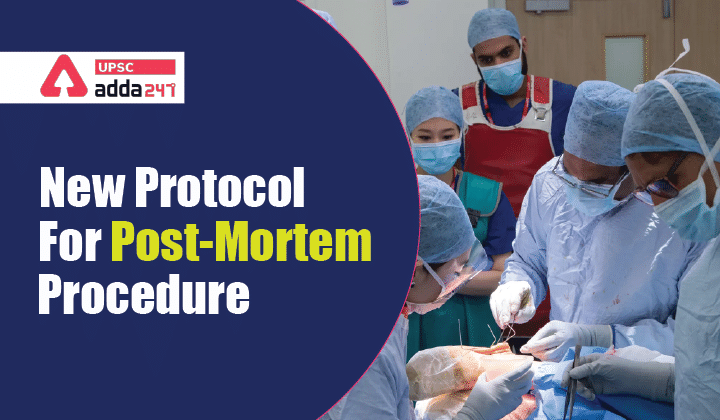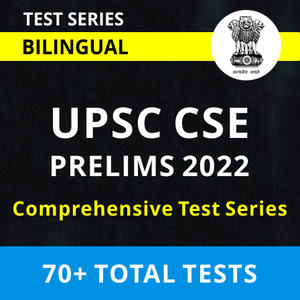Table of Contents
Post-Mortem Rules in India: Relevance
- GS 2: Issues relating to development and management of Social Sector/Services relating to Health, Education, Human Resources.
Post-Mortem Rules in India: Context
- Recently, Ministry of Health and Family Welfare has notified new protocol for Post-Mortem or autopsy procedure.
Post mortem rules in India: Key points
- Changes have been made in the post-mortem protocols to allow for the procedure to be conducted after sunset to promote ease of living by reducing burden imposed due to compliance to government processes.
- Apart from friends and relatives of the deceased, this new procedure also promotes organ donation and transplant as organs can be harvested in the stipulated time window after the procedure.
- In view of the rapid advancement and improvement in technology, especially availability of required lighting and infrastructure required for post-mortem, performing night time post-mortem in hospitals is now feasible.
- The protocol stipulates that post-mortem for organ donation be taken up on priority and be conducted even after sunset at the hospitals which have the infrastructure for conducting such post-mortem on a regular basis.
- It is also to be ensured by the facility that video recording of post-mortem shall be done for all post-mortem conducted in the night, to rule out any suspicion and preserved for future reference for Legal purposes.
- However, cases under categories such as homicide, suicide, rape, decomposed bodies, suspected foul play should not be subjected for post-mortem during night time unless there is a law-and-order situation.
UN Report on Internal Migration
Post mortem meaning
- This Latin phrase literally means ‘after death’. A post mortem examination is a medical examination carried out on the body after death. It is also called an autopsy (which means ‘to see for oneself’).
IBC: GN Bajpai Committee Report
Reasons for post mortem procedure
- A number of things that may be determined from an autopsy are:
- Establish decedent’s identity.
- Establish the cause of death.
- Determine the mechanism of death.
- Confirm the manner of death.
- Confirm medical history.
- Separate complicating medical factors.
- Rule out disease or factors harmful to public health.
- Facilitate adequate photography of wounds, if required.
- Correlate wounding and object producing the wounds.
- Determine time interval between wounds received and death.
- Establish sequence of events.
- Retrieve an article involved in mode of death, such as a bullet.
- Obtain and examine trace evidence such as hairs, stains, and seminal fluid.
- Obtain specimens for toxicology.
- Establish order of death in situations where more than one family member has been killed.
- To document all injuries in order to answer any future questions that is unknown at the time of the autopsy.




 TSPSC Group 1 Question Paper 2024, Downl...
TSPSC Group 1 Question Paper 2024, Downl...
 TSPSC Group 1 Answer key 2024 Out, Downl...
TSPSC Group 1 Answer key 2024 Out, Downl...
 UPSC Prelims 2024 Question Paper, Downlo...
UPSC Prelims 2024 Question Paper, Downlo...
